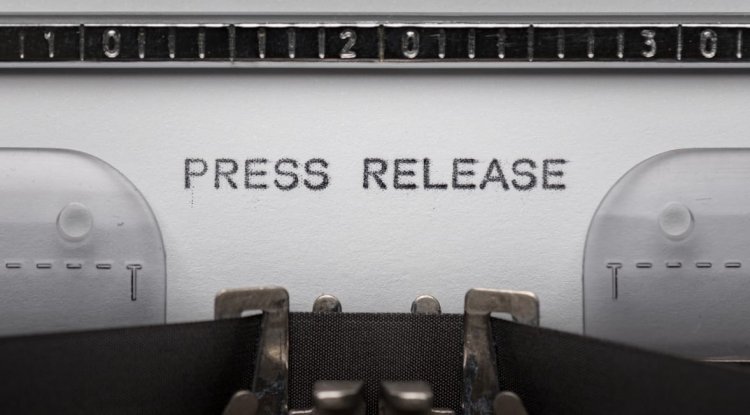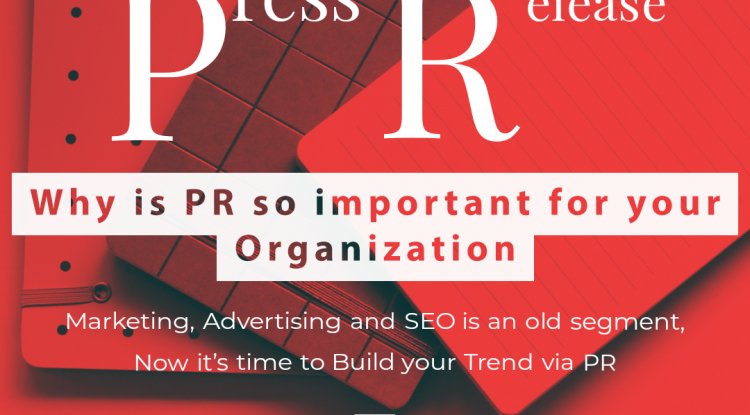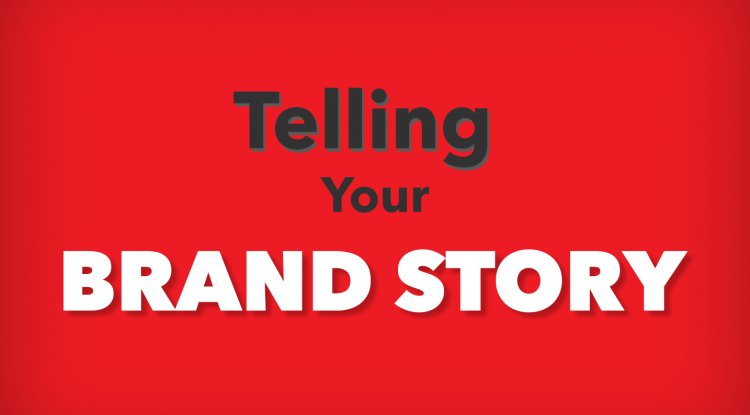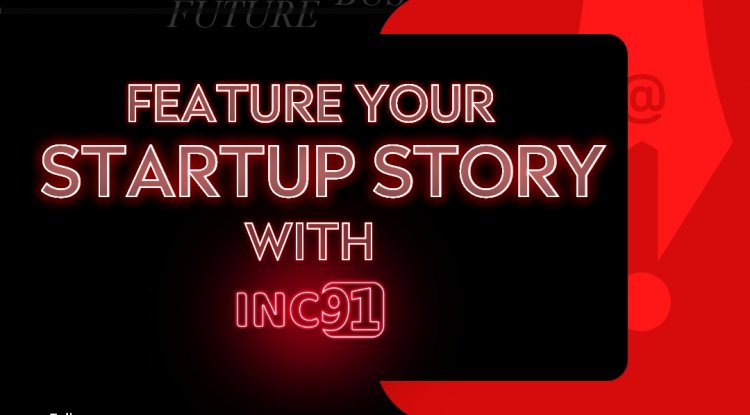The AIDA Model Still Works: How to Apply It to Grow Your Business in 2025
In an age where marketing trends come and go rapidly, few frameworks have stood the test of time like the AIDA model—Attention, Interest, Desire, Action. After spending eight years in business consulting and marketing strategy, I’ve found AIDA to be consistently effective, regardless of the platform or industry. From real estate and education to travel and wellness businesses, applying AIDA has helped my clients clarify their communication and increase their conversion rates.

The beauty of AIDA lies in its simplicity and adaptability. The first step, Attention, is about breaking through the noise. In today’s crowded digital space, capturing your audience's attention is half the battle. Whether through a bold headline, a compelling image, or a thought-provoking question, your messaging must immediately connect. I recall working on a real estate campaign where a simple shift in the headline—from a generic "2BHK Flats in Belagavi" to the more aspirational "Live Where Every Morning Feels Like a Vacation"—led to a sharp increase in ad performance. Attention is all about speaking to what matters to the customer.
Once attention is captured, it must quickly be followed by Interest. This is where you show the value of your product or service. But it's not about listing features—it's about communicating benefits. You want the customer to think, “This could be useful to me.” In one campaign for a digital marketing course, we emphasized outcomes like “Generate 100 Leads a Month—Even If You’ve Never Run Ads Before.” The result? More engagement, more inquiries. People are drawn to what helps them solve a problem or achieve a goal.
The third stage, Desire, moves your audience from liking your offer to actually wanting it. This is where emotional storytelling, testimonials, and before-and-after scenarios become powerful. You’re not just selling a service—you’re painting a picture of how their life or business could change. During a wellness retreat campaign, we found that phrases like “From Burnout to Bliss: Join 3 Days of Rejuvenation in the Western Ghats” created emotional pull, as people imagined the relief and joy they’d experience. Here, you turn logic into emotion—facts into feelings.
Finally, the model brings us to Action. Once the desire is built, you must make it easy and urgent for the customer to act. Use clear calls-to-action and reduce friction. Whether it’s “Book a Free Trial,” “Get a Free Itinerary in 24 Hours,” or “Send a WhatsApp Message Now,” your CTA should be simple, specific, and timely. One of my clients, a travel planner, saw a 2X improvement in conversions just by changing their CTA from a vague “Contact Us” to a direct and enticing “Plan Your Dream Trip Today.”
The AIDA framework isn’t limited to ads. It can and should be used across your entire marketing and sales journey—in website content, social media captions, email campaigns, sales calls, and even in offline communication. For instance, in educational consulting, we often use it when writing school brochures or designing lead magnets. First, grab the parent’s attention with a bold benefit. Then, maintain interest by explaining how their child will benefit. Build desire through real success stories. Finally, prompt them to take action by attending a demo class or open house.
Despite advancements in technology, automation, and data analytics, human psychology hasn't changed. People still move through these four stages when deciding to buy. That’s why AIDA continues to work—it aligns with natural decision-making. Even with AI tools and sophisticated targeting, your message still needs to engage, persuade, and convert. AIDA gives structure to creativity and focus to communication.
It’s also essential to remember that every platform may require a different tone or format, but the AIDA structure remains the same. On Instagram, for instance, you might grab attention with a striking visual, build interest in the caption, create desire through a carousel post or reel, and close with a call-to-action in the last slide. On LinkedIn, your opening line does the job of attention, followed by an insight-driven paragraph to build interest, emotional proof or data for desire, and finally, a CTA for action. Even a well-done sales call can follow AIDA: start with a hook, educate, build urgency, and close with a next step.
If you’re an entrepreneur or small business owner, one of the best things you can do today is audit your existing marketing using the AIDA lens. Is your homepage grabbing attention or losing visitors? Are your social posts offering real value? Does your CTA feel clear and actionable? Are your customers emotionally connecting with your messaging?
In my consulting practice, I train marketing and sales teams to use AIDA not just as a model, but as a mindset. It simplifies campaign planning and creates consistency across departments. Whether it's helping a real estate company rewrite its brochures or a training institute script its next video, AIDA remains a guiding principle for high-performing content and campaigns.
To sum it up, AIDA still works because it’s based on how people make decisions. When applied with intent and creativity, it makes your messaging powerful, your marketing more effective, and your business more successful. If you’re looking to improve your customer response, increase leads, or simply communicate better—start with AIDA. It may be an old model, but in the right hands, it delivers modern results.
About Author : Vishal Karhadkar is a seasoned Business Growth Consultant and the Business Head at ATIL, Belagavi. With over 8 years of experience in marketing, sales strategy, and business consulting, he specializes in helping businesses scale through people-first leadership and practical, data-driven solutions. Vishal is passionate about empowering entrepreneurs and teams to build sustainable, growth-oriented brands.
Follow Vishal Karhadkar on LinkedIn : www.linkedin.com/in/vishal-karhadkar-1020281b2
What's Your Reaction?




















